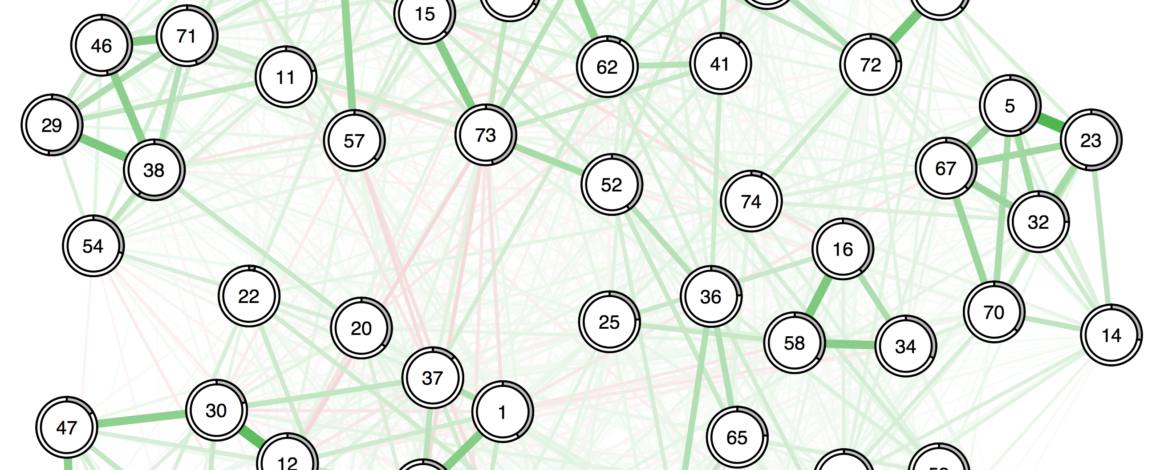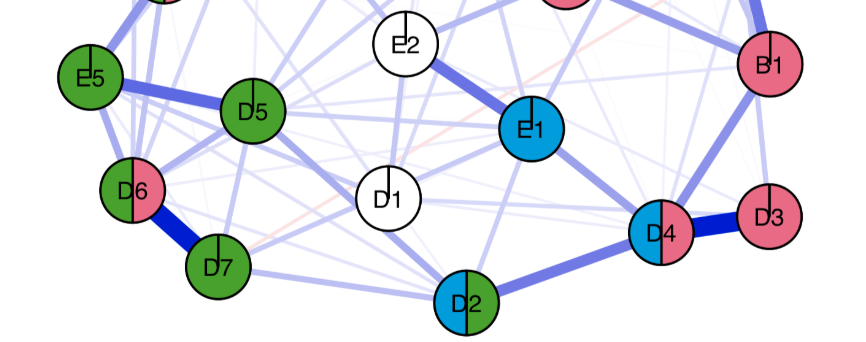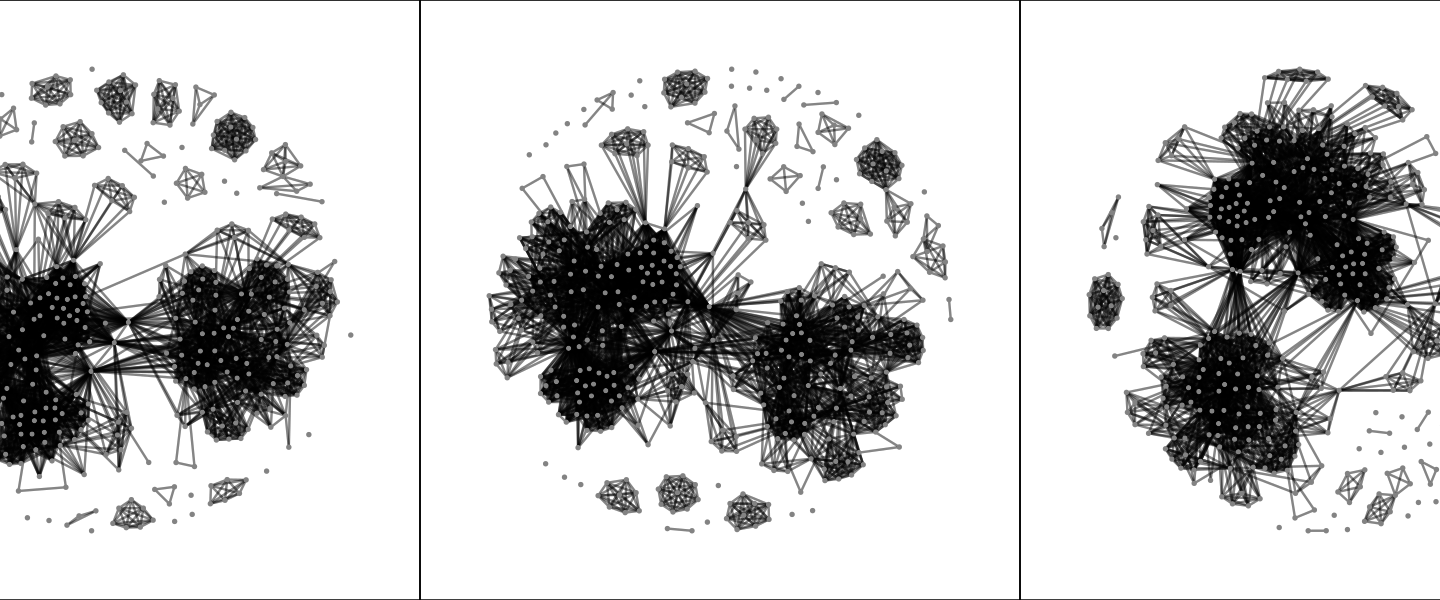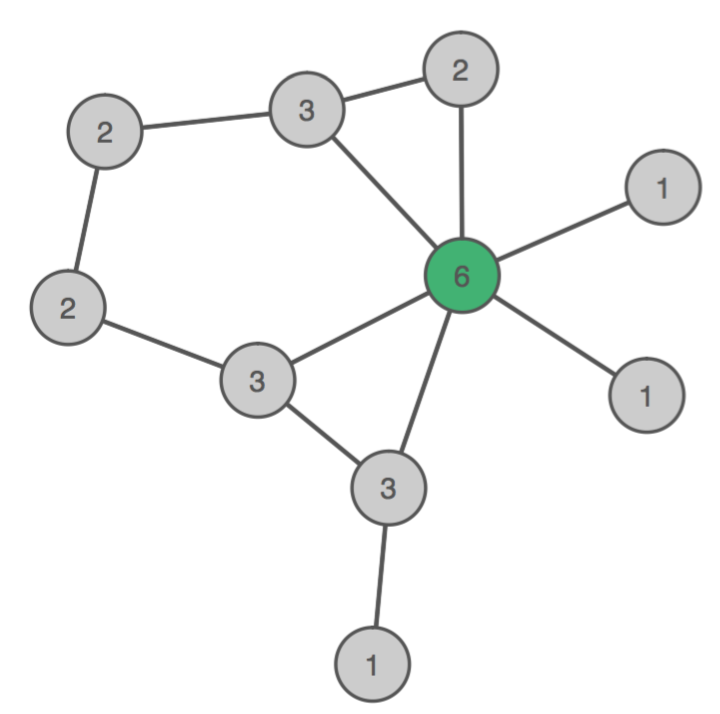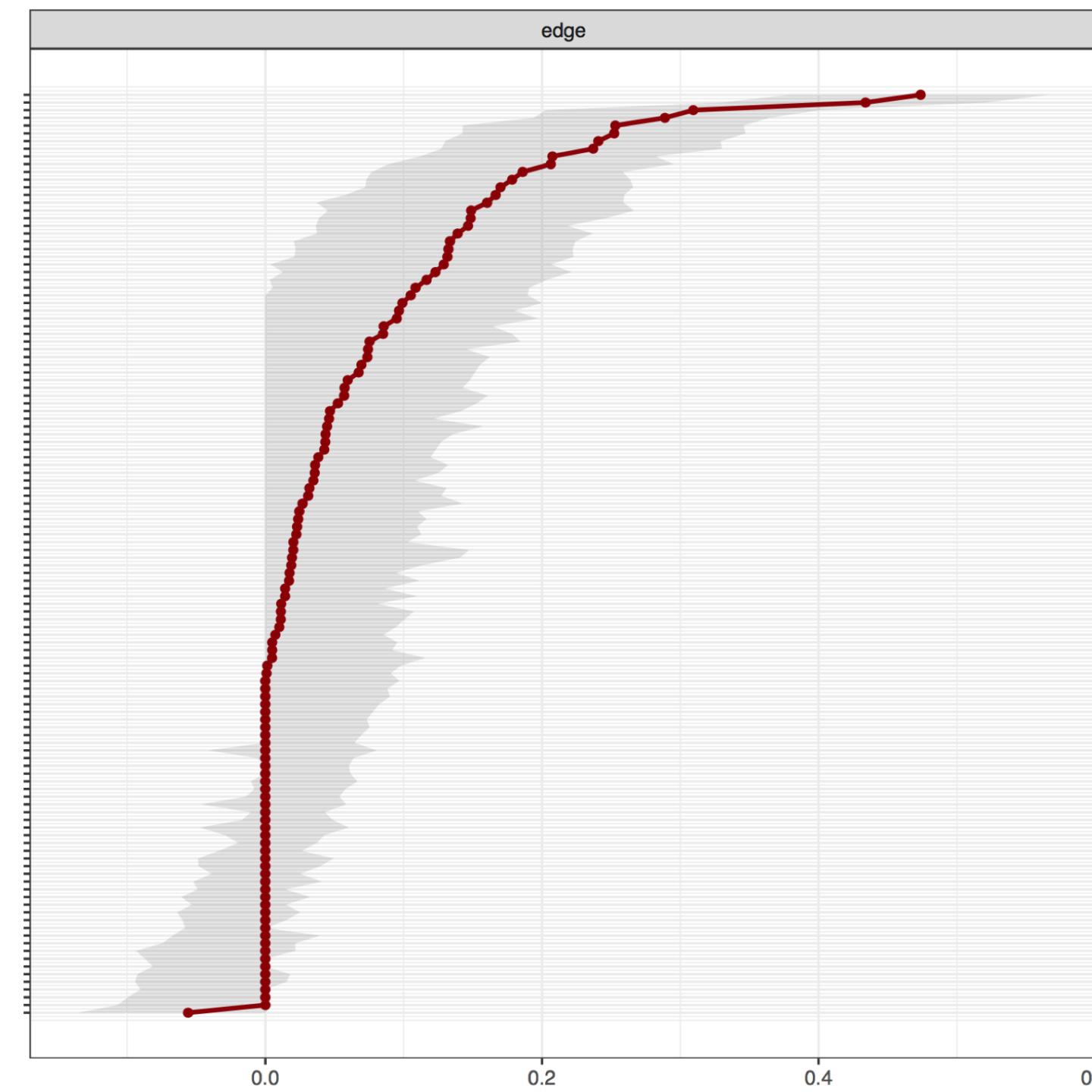Warning: WP_Syntax::substituteToken(): Argument #1 ($match) must be passed by reference, value given in /home/w15779/web/psych-networks/wp-content/plugins/wp-syntax/wp-syntax.php on line 383
Warning: WP_Syntax::substituteToken(): Argument #1 ($match) must be passed by reference, value given in /home/w15779/web/psych-networks/wp-content/plugins/wp-syntax/wp-syntax.php on line 383
Warning: WP_Syntax::substituteToken(): Argument #1 ($match) must be passed by reference, value given in /home/w15779/web/psych-networks/wp-content/plugins/wp-syntax/wp-syntax.php on line 383
Warning: WP_Syntax::substituteToken(): Argument #1 ($match) must be passed by reference, value given in /home/w15779/web/psych-networks/wp-content/plugins/wp-syntax/wp-syntax.php on line 383
Warning: WP_Syntax::substituteToken(): Argument #1 ($match) must be passed by reference, value given in /home/w15779/web/psych-networks/wp-content/plugins/wp-syntax/wp-syntax.php on line 383
We recently had a new paper accepted, for which we estimated networks of the 7 subscales of the Contingencies of Self-Worth Scale. The paper was written by Giovanni Briganti uses open data of 670 participants. I conducted some sensitivity and robustness analyses for the paper, and became interested in all …
Like this:
Like Loading...
